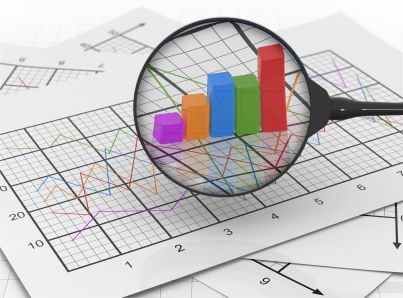Hadoop users are well aware of the complexities surrounding the business intelligence (BI) platform. Yet Hadoop is still used because it allows for deep dives into business data that reveal useful results.
Now however Platfora is trying to make all of that work easier with the 23 October release of its new Platfora application, which runs on top of Hadoop.
This new application helps to make it simpler to use for non-techie workers who seek the deep analytical information that Hadoop can unearth from business data.
Deep Analytics
“Platfora works behind the scenes running behind Hadoop, then a user can take the data they select and put it on their Platfora server to analyse it,” said Platfora CEO Ben Werther. The application essentially creates a layer over Hadoop and the data and helps users visualise what they are exploring, giving them deep illumination into a wide variety of business data that they already have, he said.
 One big benefit of Platfora is that it frees enterprises from having to build large data warehouses for the information, according to Werther. Instead, businesses can put their interesting data into Hadoop and build it up until it attains a usable mass, then they can log into Platfora and analyse it using a Web-based interface. No big database is needed on the back end, he said.
One big benefit of Platfora is that it frees enterprises from having to build large data warehouses for the information, according to Werther. Instead, businesses can put their interesting data into Hadoop and build it up until it attains a usable mass, then they can log into Platfora and analyse it using a Web-based interface. No big database is needed on the back end, he said.
“Now they have a visual catalogue of all that data in Hadoop,” which can then be used by team members to sift through the information, said Werther. The simpler-to-make queries can include analyses of transactional data, media advertising clicks, page views and demographic information about customers, as well as a myriad of other subjects.
The software also allows users to save their queries in vessels called “lenses,” which are then viewable by other workers so they can use the same information for analytics purposes without having to start from scratch each time, said Werther.
“This is where most of the business users start” when using Platfora, he said. “They are in the Web browser, they see an interesting lens, and they look through it and they can see charts that use bars or lines; then they can slice and dice the data to analyse it. They can use their intuition and explore and have instant response to their questions about the data.”
To do these kinds of things in the past with Hadoop, said Werther, business people had to call their IT departments to ask them to run these kinds of complex queries in Hadoop, which took time.
“We’ve been living under the assumption that this is the way it has to be done” in the past, said Werther. In the past, having a big traditional data warehouse was a key to making it all work, he said. “You just don’t need a data warehouse anymore, because Hadoop is driving the infrastructure. You don’t need huge databases like Oracle Exadata or others. You just use Hadoop and Platfora and you get what you need.”
Hadoop Spreadsheets
Platfora works by using an in-memory processing engine to transform raw data into interactive Web-based images using HTML5 to provide users with graphical images of the data.
Platfora, which so far has about 10 customers participating in their beta program, is expected to be for sale starting in the first quarter of 2013. Pricing will be based on an annual contract and will allow an unlimited number of users inside a company.
Boris Bevelson, an analyst with Forrester, wrote in an email that Platfora is like having “a giant spreadsheet based on Hadoop data.”
That gives it “all of the advantages and disadvantages of any spreadsheet app, like Excel,” while it can theoretically load more data than can Excel, said Bevelson. While having the ability to free workers from the complexity of typical Hadoop queries is convenient for businesses, wrote Bevelson, there can also be drawbacks. “The other side of the coin is that this kind of agility and flexibility, and no reliance on IT, brings up some side effects – higher risk that you’ll make a mistake, [with] no single version of the truth (anyone can make up whatever metrics they want).”
The answer, said Bevelson, is that it’s not for everyone. “So while these types of products are great for agility, flexibility, elasticity, end-user self-service and reducing reliance on IT, they have to be used only in certain situations that are low risk.”
Are you a patent expert? Try our quiz!
Originally published on eWeek.





